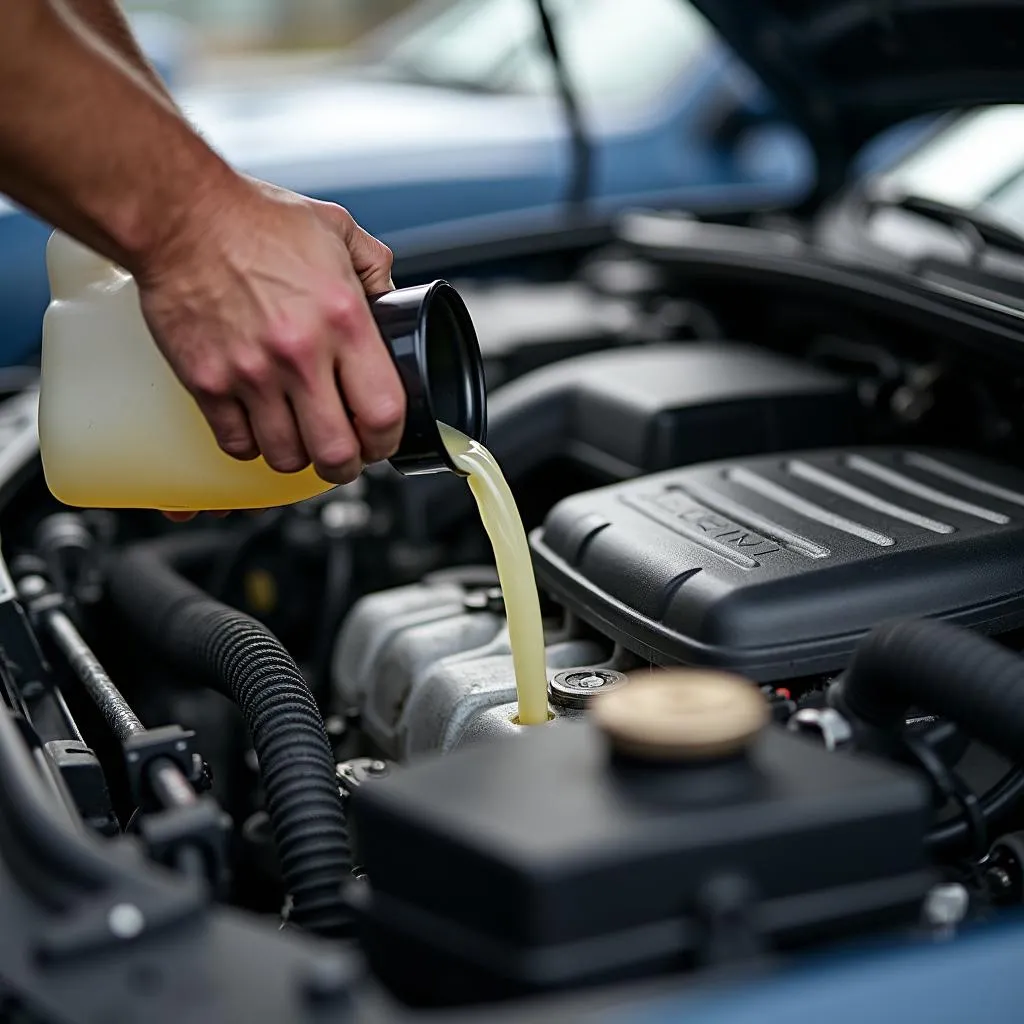As car owners, we rely on a functioning vehicle to get to work, run errands, or simply enjoy the freedom of travel. A small component that plays a significant role in the performance and reliability of our car is the thermostat. A defective thermostat can lead to a range of problems, from inefficient heating to serious engine damage.
In this article, we will take a closer look at the topic of “Car Thermostat Problems” and provide you with everything you need to know to recognize, understand, and fix this issue.
What is a Thermostat and Why is it Important?
The thermostat is a small but crucial valve in your car’s cooling system. It regulates the flow of coolant from the engine to the radiator, ensuring that the engine always operates within the optimal temperature range.
When the thermostat is closed, the coolant circulates only within the engine, allowing it to warm up faster. This is particularly important during cold starts as it shortens the warm-up phase and reduces wear.
Once the engine reaches its operating temperature, the thermostat opens and allows the coolant to flow through the radiator to cool down. This cycle ensures that the engine does not overheat.
Signs of a Defective Thermostat
A defective thermostat can manifest itself in various ways.
- Poor Heating Performance: One of the most common signs is weak or no heating performance, even when the engine is warm. This is because the thermostat is stuck in the open position, and the coolant constantly flows through the radiator, preventing the engine from reaching its optimal operating temperature.
- Engine Overheating: Conversely, if the thermostat remains stuck in the closed position, the coolant cannot circulate, and the engine overheats. This can lead to severe damage.
- Fluctuating Temperature Gauge: Another indication can be erratic behavior of the temperature gauge. It may suddenly rise or fall, indicating a disrupted coolant flow.
 Defective thermostat in a car engine
Defective thermostat in a car engine
Causes of a Defective Thermostat
There are several reasons why a thermostat can fail.
- Wear and Tear: Like any other component, the thermostat is subject to natural wear and tear. Over time, the moving parts can wear out, or the spring force may weaken, causing the thermostat to no longer close or open properly.
- Corrosion: The coolant in the car can corrode and form deposits over time. These deposits can clog the thermostat and impair its function.
- Defective Cooling System: Problems in the rest of the cooling system, such as a defective coolant temperature sensor or a faulty water pump, can also shorten the lifespan of the thermostat.
What to Do with a Defective Thermostat?
If you suspect that your car’s thermostat is defective, you should immediately visit a workshop.
A defective thermostat should not be taken lightly, as it can lead to serious engine damage.
Costs for Replacing a Thermostat
The costs for replacing a thermostat vary depending on the vehicle model and workshop. Typically, the cost of the thermostat itself is between 20 and 50 euros.
In addition, there are labor costs for the replacement, which can range from 50 to 150 euros.
Preventing a Defective Thermostat
Although a defective thermostat can be annoying, there are some measures you can take to minimize the risk of a defect:
- Regular Coolant Change: Have the coolant in your car changed regularly according to the manufacturer’s recommendations. This helps to prevent corrosion and deposits in the cooling system.
- Cooling System Inspection: Have your car’s cooling system checked regularly by a workshop. This allows potential problems to be identified and resolved early on.
- Be Attentive: Pay attention to unusual noises or signs related to your car’s cooling system. React promptly to warning signs to avoid major damage.
 Car coolant change process
Car coolant change process
Conclusion
A defective thermostat may seem like a minor problem, but it can have serious consequences for your car.
By knowing the signs of a defective thermostat and how to prevent it, you can save yourself a lot of trouble and high repair costs. If you notice signs of a defect, do not hesitate to visit a workshop.
Further Questions about “Car Thermostat Problems”?
- What is the difference between a thermostat and a coolant temperature sensor?
- Can I continue driving with a defective thermostat?
- How can I change the coolant in my car myself?
On our website you will find more helpful articles about car repairs:
Please feel free to contact us if you have any questions or need assistance with repairing your car. Our experts are here to help you with advice and support!

